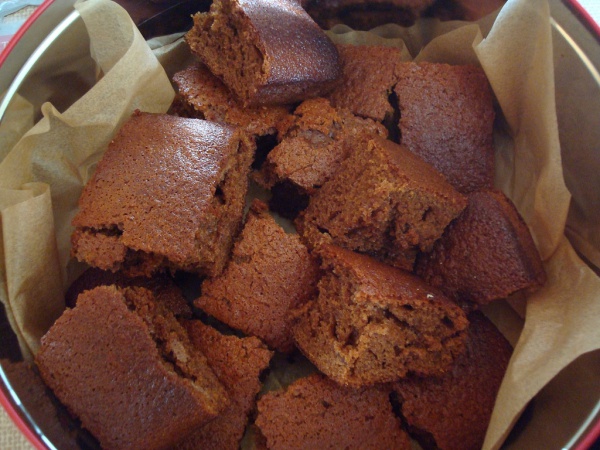Facts About Parkin
Parkin is a classic gingerbread cake originating from northern England, particularly cherished in Yorkshire and Lancashire. This delightful treat is made with oatmeal and black treacle, which impart a distinctive flavor and texture. When freshly baked, parkin is quite firm, but if allowed to rest, it transforms into a moist and sticky delight. In Hull and East Yorkshire, however, parkin tends to have a drier, more biscuit-like texture.
Traditionally, parkin is enjoyed on Guy Fawkes Night, but it remains a favorite throughout the cold winter months.
The origins of the word "parkin" are somewhat elusive, with the earliest known mention dating back to 1728. Parkin is closely related to "tharf cake" an unsweetened cake cooked on a griddle. The use of oats, a staple in northern regions, is central to parkin's history. Over time, the recipe evolved to include sugar and molasses.
Until around 1900, the terms parkin and tharf cake were used interchangeably in Lancashire and South Yorkshire. These cakes were traditionally made by poorer families, who cooked them on griddles because they lacked ovens. Parkin was often associated with various celebrations, including Guy Fawkes Night, All Saints' Day, and Martinmas.
Yorkshire parkin typically includes oatmeal, flour, black treacle, fat, and ginger. In contrast, Lancashire parkin features golden syrup, treacle, and soft brown sugar. The cake is baked with self-raising flour and a leavening agent to achieve the right texture. Interestingly, parkin is known for becoming softer and more moist after being stored for a few days.
Parkin is more than just a cake; it’s a piece of cultural and historical heritage in northern England, particularly in Yorkshire and Lancashire. It’s a traditional treat that brings warmth and joy during festive occasions and throughout the winter months.

 Ireland
Ireland